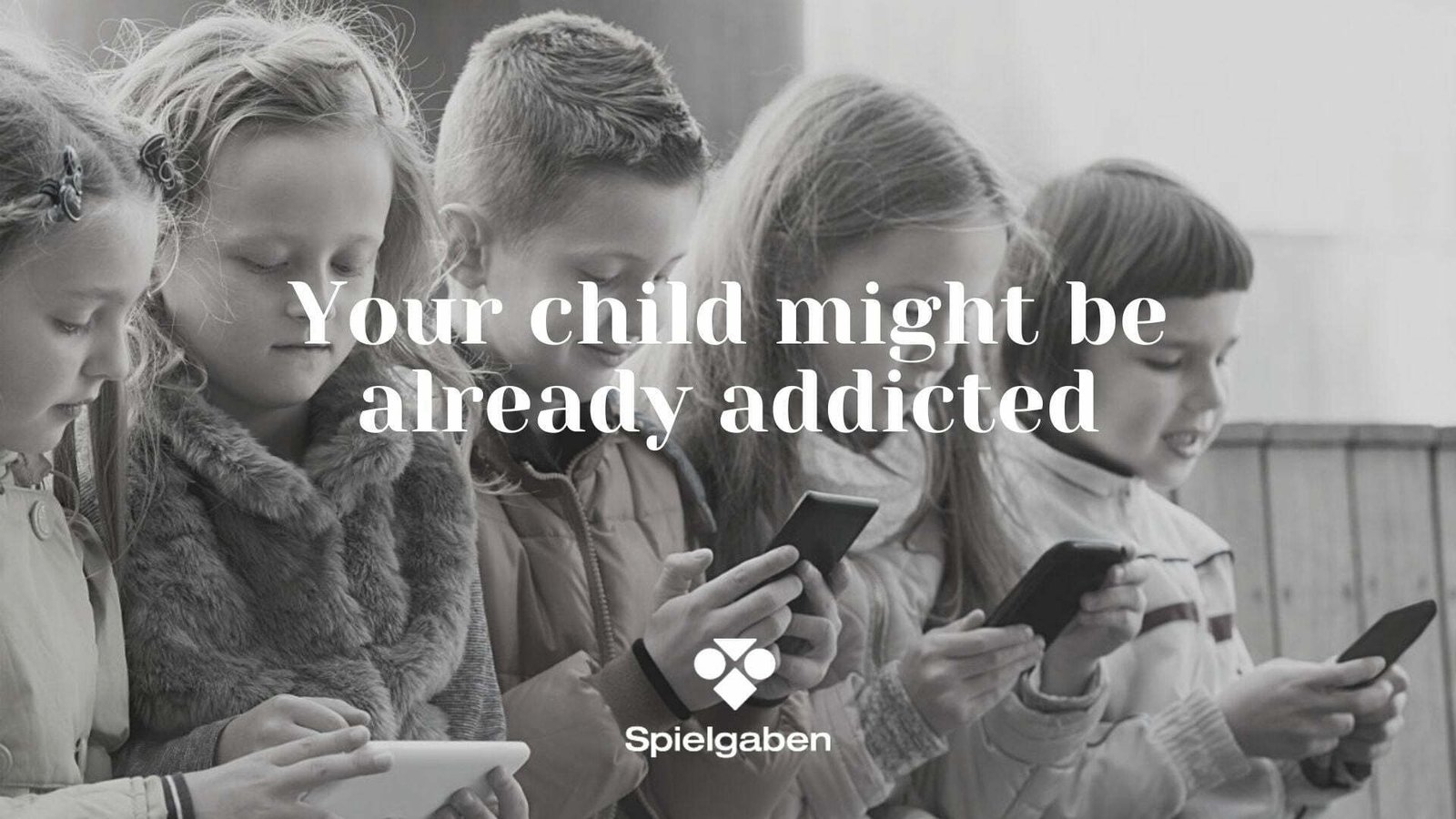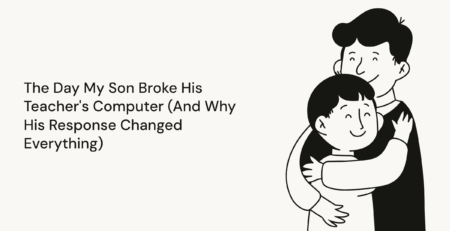The Question That Changes Everything: A Parent’s Guide to Better Communication
Picture this: You’re in full detective mode, interrogating your 8-year-old like they’re a suspect in a crime drama. “Where did you go? Who were you with? What did you do? Why is your backpack mysteriously lighter than when you left this morning?” Sound familiar? If you’ve ever found yourself channeling your inner Sherlock Holmes with your kids, you’re not alone. Every parent thinks they’re a master question-asker, but there’s a world of difference between playing 20 questions and actually connecting with your child.
The Great Question Divide: Interrogation vs. Invitation
As parents, we fire off dozens of questions daily: “How was school?” “Did you brush your teeth?” “Why is there a sock in the refrigerator?” (And seriously, why IS there always a sock in the refrigerator?) But here’s the thing – most of these fall into what sociologist Charles Derber calls “shift responses.” These aren’t really questions designed to understand your child; they’re information-gathering missions disguised as conversation.
Think about it: When you ask “Did you finish your homework?” you’re not genuinely curious about your child’s learning experience. You’re running through your mental parenting checklist, ticking boxes like a efficiency expert. It’s the conversational equivalent of a drive-through window – quick, functional, but not particularly nourishing.
Support responses, on the other hand, are the five-course meal of conversations. These questions are designed to help your child tell their story more fully, showing genuine curiosity about their world rather than just fishing for specific intel.
The Art of the Open Door
Let’s say your child stumbles through the door and mentions something happened at recess. Your parental alarm bells start ringing, and your first instinct might be to go full CSI: “Did you get in trouble? Are you hurt? Who started it?” These shift responses, while well-intentioned, are like conversational dead ends. They narrow the discussion and often lead to those infuriating one-word answers that make you wonder if your child has temporarily forgotten how to speak in complete sentences.
A support response flips the script entirely. Instead of “Did you get in trouble?” try “What was that like for you?” or “Tell me more about what happened.” Suddenly, you’ve opened a door rather than slamming it shut. These questions give your child permission to share as much or as little as they want, and more importantly, they communicate that you’re interested in their perspective, not just collecting evidence for your case file.
Practical Tip #1: The 24-Hour Rule When your child shares something that triggers your parental panic button, give yourself 24 hours before jumping into problem-solving mode. Use that time to ask curious questions and really listen to their experience. You might be surprised by what you learn when you’re not busy formulating your response.
The Superpower of Genuine Curiosity
Here’s where parenting gets tricky: support responses require you to be genuinely curious, not just performing curiosity while mentally planning dinner or scrolling through your phone. Children possess an almost supernatural ability to detect when adults are only half-listening – it’s like they have built-in authenticity detectors. And when they sense you’re not fully present, they’ll adjust their sharing accordingly, often by shutting down completely.
I once watched a dad ask his daughter about her day while simultaneously checking emails, nodding at appropriate intervals, and making encouraging “mm-hmm” sounds. His daughter started with an elaborate story about playground politics but gradually reduced her responses to single words as she realized she was essentially talking to a very distracted nodding machine.
Practical Tip #2: The Phone-Free Zone Designate specific times as device-free conversation zones. Even 10 minutes of undivided attention can work wonders. Your child will notice the difference, and you might actually enjoy discovering what’s really on their mind.
The Quaker Wisdom: Trust the Process
The Quakers have a beautiful tradition called “clearness committees” where community members help someone work through a problem by asking thoughtful, non-leading questions. The goal isn’t to dispense wisdom or solve the problem, but to help the person discover their own insights. This approach works brilliantly with children, who often know more about their situations than we give them credit for.
Instead of asking “Don’t you think you should apologize to your sister?” (which is really just a command disguised as a question), try “What do you think might help fix things between you and your sister?” The first question assumes you know the right answer and your child is just being stubborn. The second question trusts your child to figure out their own solution with a little guidance – and kids often surprise us with their wisdom when given the chance.
Practical Tip #3: The Magic Follow-Up Master the art of the follow-up question. When your child shares something, resist the urge to immediately offer solutions or judgment. Instead, try: “What else?” or “How did that make you feel?” or “What was the hardest part about that?” These simple questions can transform a surface-level exchange into a meaningful conversation.
The Daily Practice: Small Changes, Big Impact
Transforming your questioning style doesn’t require a complete personality overhaul. Start small with these everyday swaps:
Instead of: “Did you have a good day?” Try: “What was the best part of your day?”
Instead of: “Why didn’t you tell me about this earlier?” Try: “Help me understand what was going through your mind.”
Instead of: “You need to be more responsible.” Try: “What do you think responsibility looks like in this situation?”
Practical Tip #4: The Bedtime Debrief Use bedtime as a natural conversation starter. The darkness often makes kids feel safer to share, and you’re both naturally winding down. Try asking: “What’s one thing that surprised you today?” or “If you could do one part of today over, what would it be?”
When Questions Backfire (And How to Recover)
Let’s be honest – sometimes even our best-intentioned questions land with a thud. Your child might respond with an eye roll, a grunt, or the classic “I don’t know” followed by a sprint to their room. Don’t panic. This is normal, especially with tweens and teens who are naturally programmed to find parents slightly embarrassing.
When conversations don’t go as planned, resist the urge to chase after them with more questions. Sometimes the best response is: “I’m here when you’re ready to talk.” Then actually follow through by being available without making them feel guilty for not opening up immediately.
Practical Tip #5: The Side-by-Side Strategy Some kids (especially boys) communicate better when they’re not making direct eye contact. Try having important conversations while driving, walking, or doing activities together. The parallel activity can make sharing feel less intense and more natural.
The Long Game: Building Connection Over Time
Remember, shifting from interrogation to invitation questions isn’t about becoming the “perfect” parent overnight. It’s about gradually building a foundation of trust and genuine curiosity that will serve your relationship well into the teenage years and beyond.
Your child doesn’t need you to have all the answers – they need you to be genuinely interested in their questions, their struggles, and their unique perspective on the world. Sometimes the most powerful thing you can do is simply ask a good question and then have the courage to listen to the answer, even when it’s not what you expected to hear.
The next time your child shares something with you, take a breath, put down your phone, and ask yourself: “Am I trying to gather information, or am I genuinely curious about their experience?”
That simple shift in intention might just change everything – one question at a time.













LEAVE A COMMENT